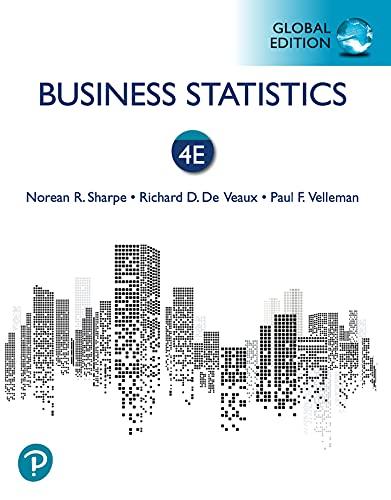Six Sigma training. A large financial institution is interested in training its college educated workforce in Six
Question:
Six Sigma training. A large financial institution is interested in training its college educated workforce in Six Sigma principles and methods. One part of the training involves basic statistical concepts and tools. Management is considering three approaches: online, traditional classroom, and hybrid (a mix of both). Prior to launching the program throughout the entire organization, they decided to pilot test the three approaches. Because they believed that educational background may affect the results, they selected 3 employees from each of 10 different college major programs of study (liberal arts, accounting, economics, management, marketing, finance, information systems, computer science, operations, other), and randomly assigned each to one of the three approaches. At the end of training, each participant took an exam. The results are shown here.
Source DF Sum of Squares Mean Square F-ratio P-value Major 9 2239.47 248.830 21.69 60.0001 Training 2 171.47 85.735 7.47 0.004 Error 18 206.53 11.474 Total 29 2617.47
a) Was this an observational study or an experiment?
b) What was the purpose of using Major as a blocking factor?
c) Given the results, was it necessary to use Major as a blocking factor? Explain.
d) State the conclusion from this analysis.
Step by Step Answer:

Business Statistics
ISBN: 9781292269313
4th Global Edition
Authors: Norean Sharpe, Richard De Veaux, Paul Velleman






